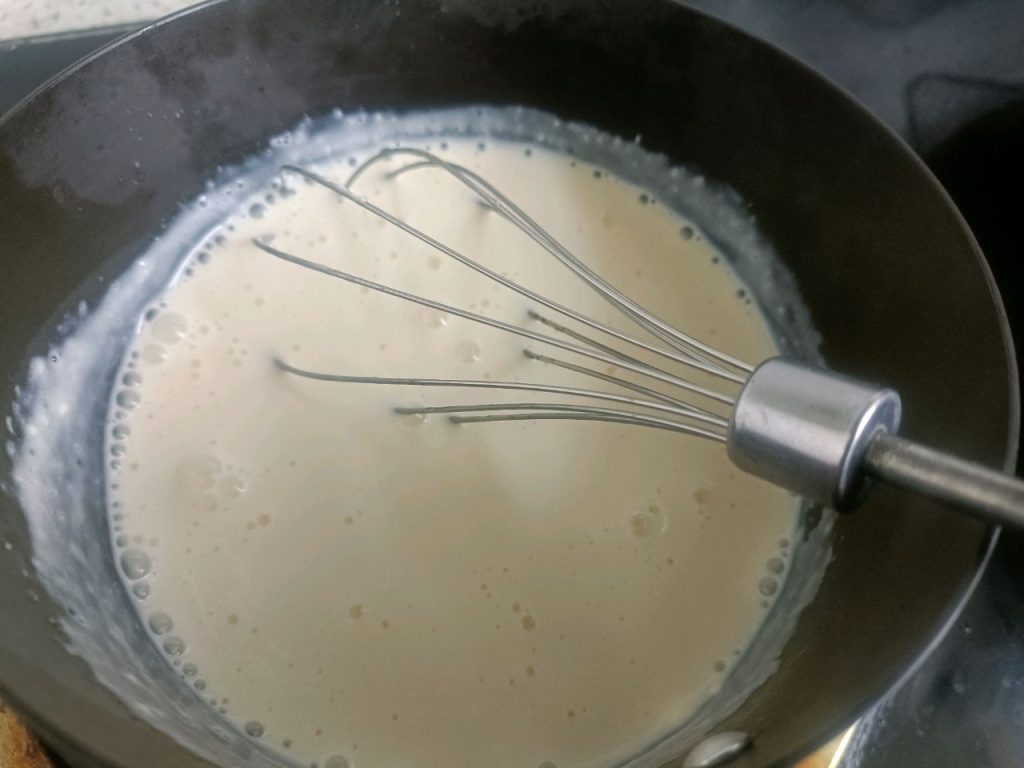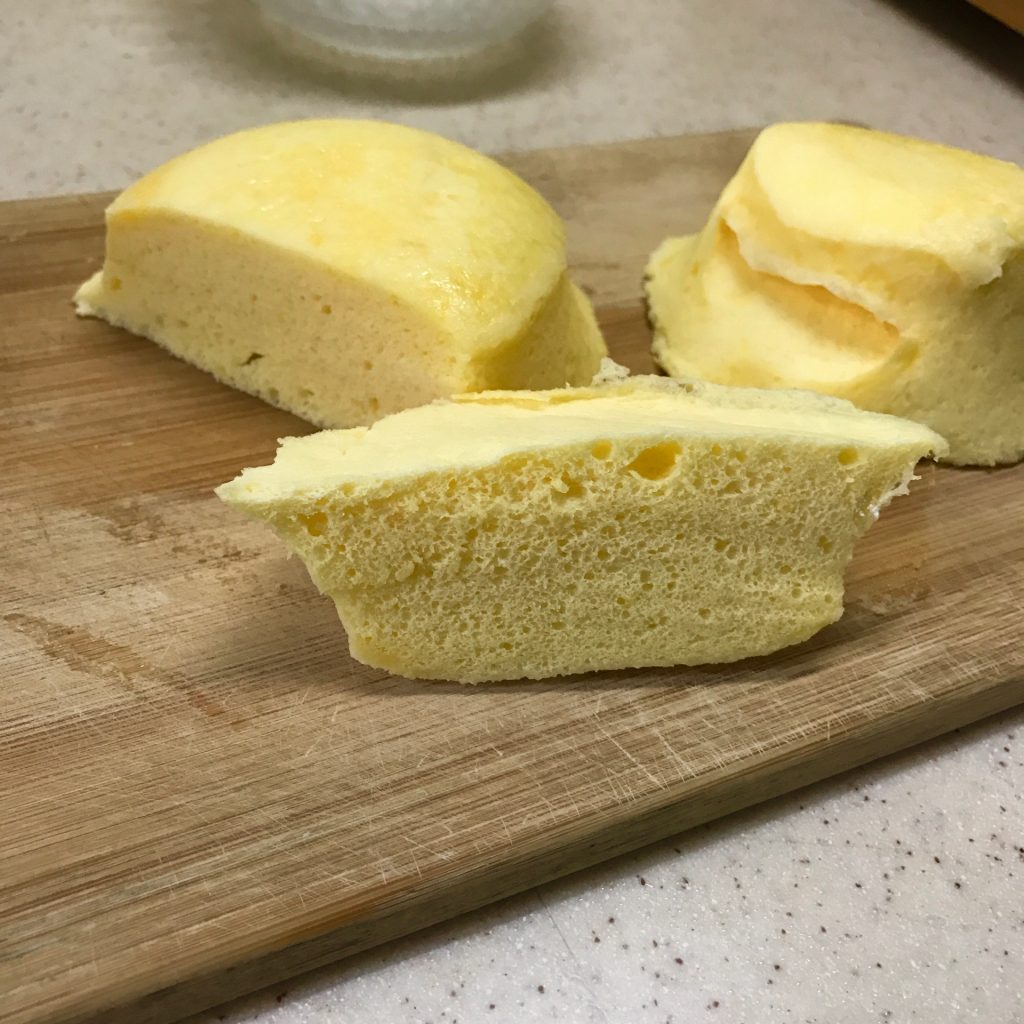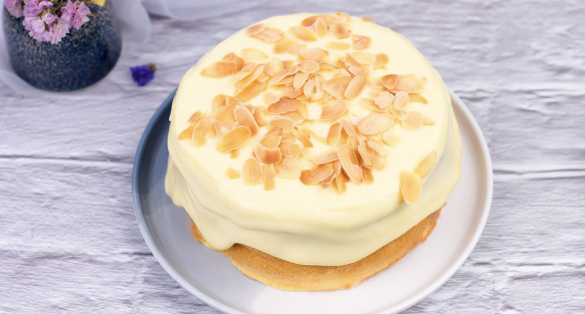Stumbling upon a simple milk sponge cake in the baking aisle of a supermarket was the beginning of a culinary revelation. At first, it was just a delightful taste that lingered on the palate. Yet, as this cake began to take center stage in bakeries and flood social media feeds, it became clear that this unassuming dessert had captured the hearts of many. Its recent surge in popularity is no mere fluke; it’s a testament to its cloud-like softness and intense milky essence. This cake stands alone, requiring no accompaniment of cream or sauce to enhance its already splendid flavor.
You may wonder, isn’t this just another rendition of the chiffon cake? Indeed, it shares the same DNA, but with subtle, yet significant differences. The addition of heavy cream to the batter infuses it with a richer milk flavor that is unmistakable with each bite. The ‘tangzhong’ method, or the partial cooking of the flour, reduces the gluten formation, resulting in a cake that is more airy and tender. Additionally, the combined weight of the heavy cream and milk surpasses that of the flour, ensuring a batter with higher moisture content that bakes into a cake that is exceptionally moist.

During the preparation, there are crucial points to heed. The cream contains milk fat, which can deflate the batter at low temperatures. Hence, it’s vital to keep the batter warm to maintain the milk fat in liquid form and prevent deflation. When employing the ‘tangzhong’ method, avoid heating the milk to 100 degrees Celsius, as this would fully cook the flour, making the batter too stiff and difficult to mix. A small addition of starch to the sugar stabilizes the meringue, ensuring it holds its structure and doesn’t collapse easily.
Achieving a proud and undrooping cake surface is all about more thorough baking. Allowing enough time for the moisture to evaporate and the proteins and starches to set forms a sturdy structure that, once inverted to cool and then righted, resists any temptation to collapse.
Ingredients:
Yolk Batter:
- Egg yolks: 55g (about 3)
- Milk: 40g
- Heavy cream: 40g
- Cake flour: 55g
- Salt: 0.5g
Meringue:
- Egg whites: 105g (about 3)
- Granulated sugar: 40g
- Cornstarch: 5g
- Lemon juice: 1g
The recipe unfolds in a kitchen at 27 degrees Celsius with 63% humidity, using a 6-inch round paper mold to create a single, 6-inch cake, which can be stored at room temperature for a day or refrigerated for three days.

The milk, heavy cream, and salt are combined in a pot and heated until slightly smoking at around 65 degrees Celsius—this ‘tangzhong’ method is only partial, as overheating could fully cook the flour and harden the batter. The milk mixture is then slowly incorporated into the cake flour, ensuring a smooth and soft batter.
Egg whites and yolks are separated, with the whites chilled and the yolks mixed into the batter, which is then kept warm in a water bath above 30 degrees Celsius to prevent deflation. A preheated oven at 150 degrees Celsius awaits the batter, poured into the paper mold to about 70% full, weighing approximately 300 grams.
The batter is tapped to release large air bubbles before being placed on the bottom rack of the oven. The temperature is set at 150 degrees Celsius for 60 minutes, with adjustments made for multiple cakes or oven variances. Around the 12-minute mark, the oven is quickly opened, and a cross is cut into the surface of the batter before returning it to the oven. This early intervention doesn’t cause the cake to collapse, as the batter has not yet fully expanded.

Once the cake has fully risen and the surface is nicely colored, it’s removed from the oven, tapped on the counter, and inverted to cool for about 40 minutes. For an added touch of elegance, a heated stamp can be pressed onto the surface of the cake, but only briefly to prevent burning.
Packaged in a complementary box, the cake’s presentation is elevated, making it a perfect gift or a proud addition to any bakery shelf. The cake’s texture is best enjoyed by tearing, allowing one to savor its moist, airy quality and rich milky flavor.
In conclusion, this detailed tutorial has been crafted with great care and effort. As a token of appreciation for this guide, please consider saving, sharing, and following for more exquisite baking adventures.

